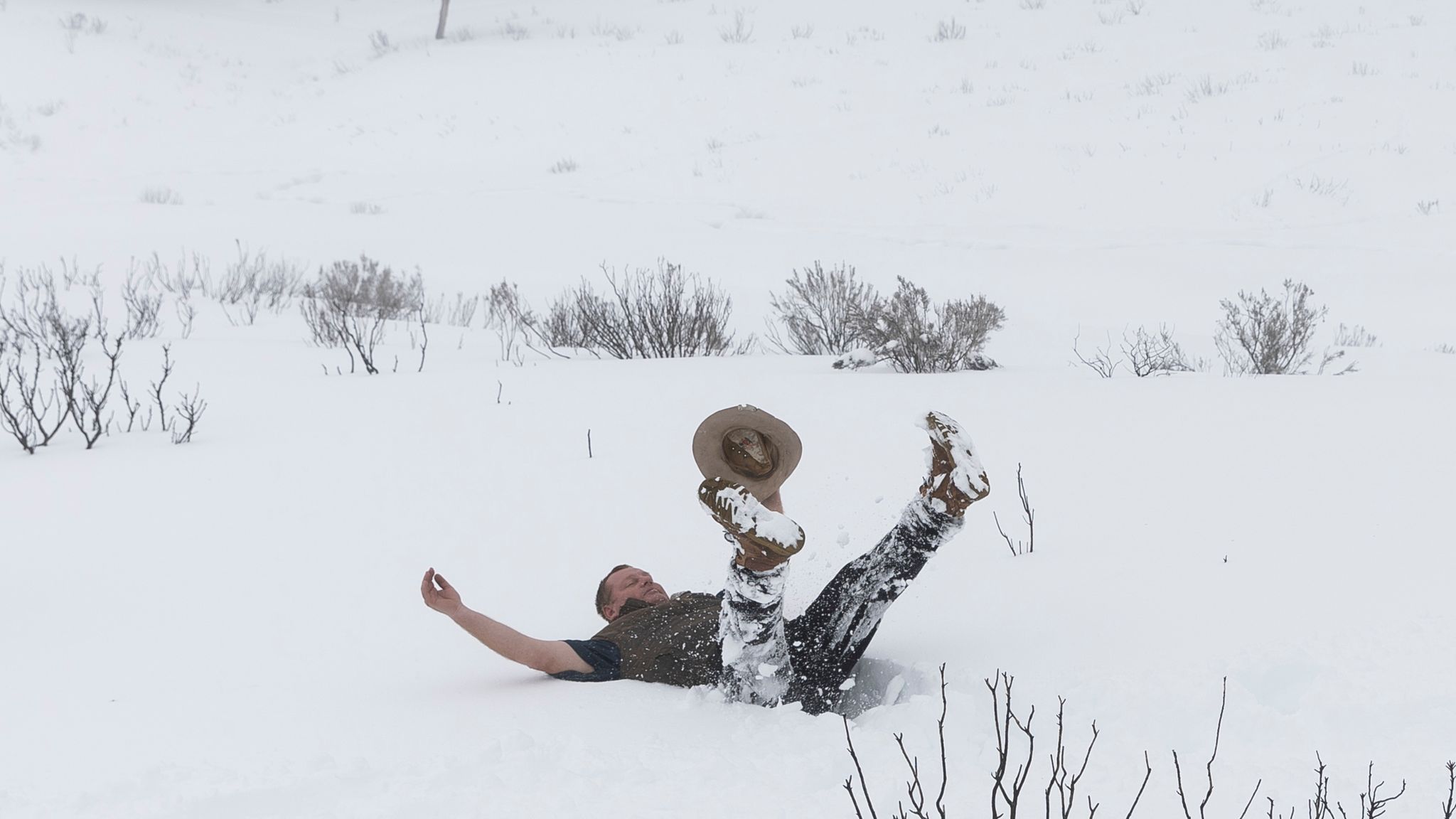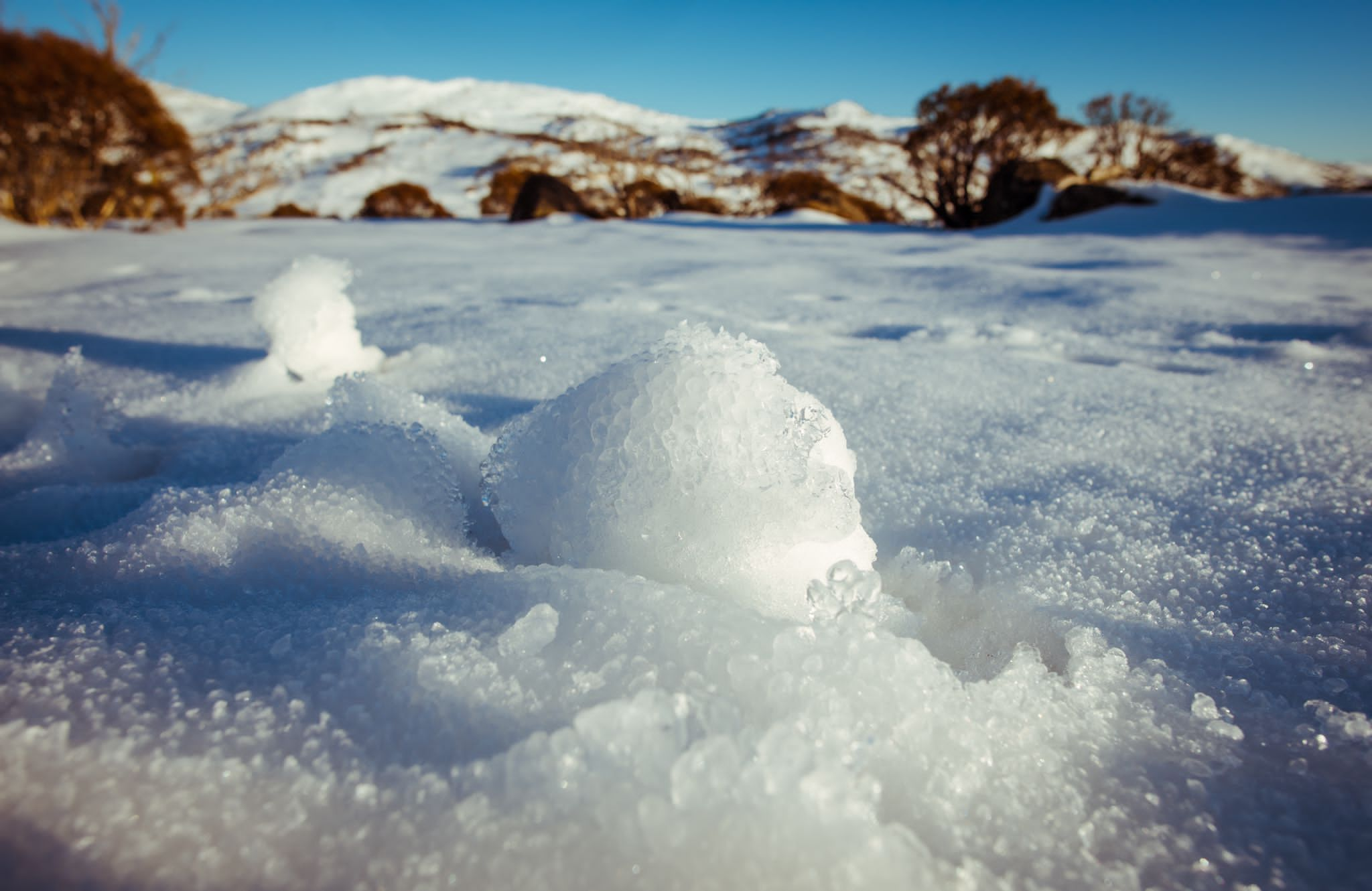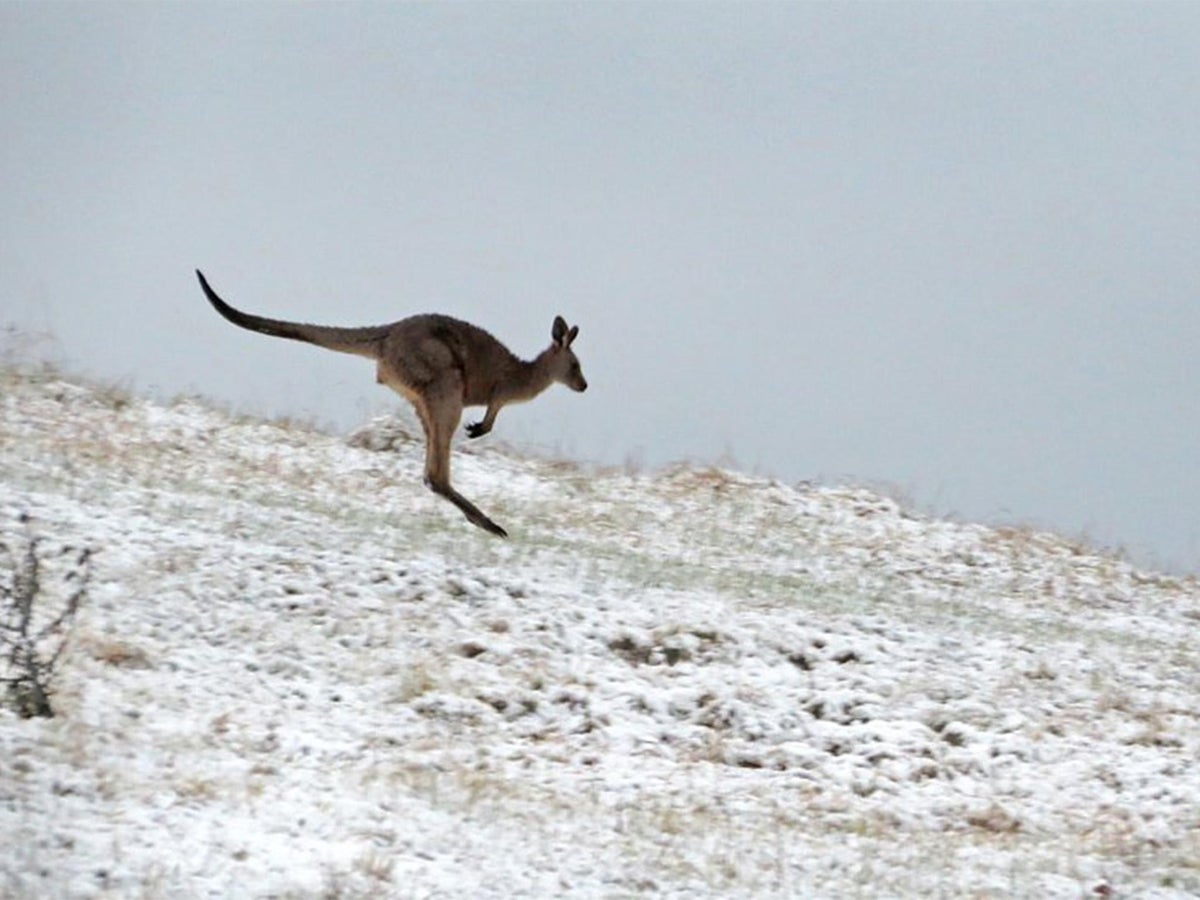Prepare an Memorable Winter Vacation to Enjoy Snow In Australia with Loved Ones
Prepare an Memorable Winter Vacation to Enjoy Snow In Australia with Loved Ones
Blog Article
The Numerous Sorts Of Snow in Australia and Their Effect on Wintertime Sports
Australia, recognized for its sun-soaked beaches, is likewise home to a diverse array of snow problems that significantly affect wintertime sports. The adhering to exploration will certainly review the implications of these snow kinds on wintertime sporting activities performance.

Understanding the Qualities of Various Snow Types
While lots of presume that snow is an uniform entity, it is important to understand that there are various types, each with one-of-a-kind qualities. These distinctions in snow kind aren't simply visual; they significantly impact winter months sporting activities, determining the convenience of activity, the speed achievable, and the degree of control required from professional athletes.
The Influences of Powder Snow on Skiing and Snowboarding
Regardless of its light and fluffy look, powder snow in the Australian Alps presents both distinct obstacles and possibilities for winter season sporting activities fanatics, specifically those taken part in snowboarding and snowboarding. The loosened, dry nature of powder snow can initially be tough to browse for novices, calling for careful balance and control. Nonetheless, for more experienced practitioners, the soft, untracked snow supplies a thrilling experience, permitting vibrant and active activity. The smooth and forgiving surface of powder snow also reduces danger of injury throughout drops, making it a recommended selection for extreme winter season sporting activities. It's worth noting, the varying deepness and unpredictable nature of powder can often lead to hidden challenges, calling for consistent vigilance.

The Challenges and Advantages of Packed Snow in Winter Months Sports
Changing focus from the loose, completely dry powder snow, an additional widespread kind of snow in the Australian Alps is packed snow, posturing its own set of challenges and advantages in the realm of wintertime sports. Controlling and browsing turns rate can be challenging on packed snow, calling for greater skill degrees from athletes. In spite of these difficulties, loaded snow continues to be an essential component in numerous winter months sporting activities, shaping the performance and strategies of professional athletes.
The Duty of Wet Snow in Australian Winters Months Games
Unlike the dense, slick surface of packed snow, damp snow plays an entirely various function in Australian wintertime games. Qualified by its high wetness material, wet snow impacts the rate and control of winter sports participants. Its heavy, sticky nature can be testing for athletes, specifically in winter sports and snowboarding where speed and manoeuvrability are important. Its malleability makes it optimal for snow sculpting occasions and for fortifying snow frameworks in sporting activities like snow fort battles. Despite its pitfalls, damp snow presents a special dynamic to winter months games in Australia, screening athletes' flexibility and resilience, and serving as a pointer of the varied weather conditions they have to be prepared to deal with.

How Slushy Snow Affects Winter Sports Performance
Continuing the expedition of varying snow problems in Australia, the impact of slushy snow on wintertime sporting activities is an additional fascinating element. Slushy snow, resulting from warmer temperature levels or straight sunlight, poses distinct obstacles to athletes. It decreases rate and requires enhanced physical effort as the devices penetrates the soft, water-saturated snow. In skiing and snowboarding, slushy conditions can impact the predictability of dives and turns, boosting the risk of crashes. For snowmobiling, the machine's efficiency might be impeded as it has a hard time to maintain traction. Therefore, slushy snow transforms the wintertime sports landscape, requiring not only enhanced physical exertion from athletes however also a higher emphasis on safety and security precautions.
Adjusting Winter Season Sports Techniques to Numerous Snow Problems

Verdict
In conclusion, Australia's varied snow kinds dramatically impact linked here winter months sporting activities efficiency. Each kind, from the slick coastal snow to the drier indoor powder and the heavy, sticky wet snow, offers distinct difficulties and advantages. Therefore, professional athletes should adjust their strategies to browse these varying conditions effectively. The snow's developmental role emphasizes the significance of recognizing its features to enhance efficiency and safety and security in Australia's my sources wintertime sports landscape.
Changing focus from the loose, dry powder snow, one more common kind of snow in the Australian Alps is packed snow, posturing its own collection of obstacles and advantages in the realm of winter sporting activities - Snow In Australia.In contrast to the dense, slick surface of jam-packed snow, damp snow plays a totally various function in Australian winter months games. Its pliability makes it suitable for snow sculpting occasions and for fortifying snow structures in sports like snow fort battles.Continuing the exploration of differing snow conditions in Australia, the effect of slushy snow on winter months sports is one more fascinating aspect. Each kind, from the glossy coastal snow to the drier interior powder and the hefty, sticky wet snow, offers one-of-a-kind obstacles and advantages
Report this page